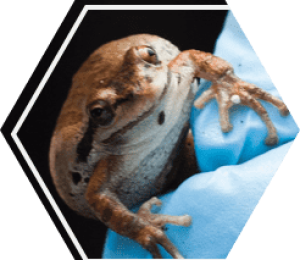
High School, Life Science
In this task, students will evaluate a series of mathematical models to determine how a mysterious fungus is impacting various populations in a pond ecosystem. First, students will look at the impact of the fungus on populations of frogs and crayfish. Students will then use their understanding about cause-and-effect relationships to make predictions about how changes in the frog population will affect other populations in the ecosystem. Students will develop their own mathematical model to demonstrate their understanding of these relationships and make predictions about how these relationships would vary in a different environment.
Three Dimensional Claim
Use and develop models to predict how a change in the carrying capacity of the environment for one population in an ecosystem could affect the carrying capacity of the environment for other populations in the same ecosystem.
This task is intended to elicit student learning of the following NGSS elements for each of the three dimensions:
Disciplinary Core Ideas
LS2.A: Interdependent Relationships in Ecosystems (HS)
LS2.C: Ecosystem Dynamics, Functioning, and Resilience (HS)
Science and Engineering Practices
Developing and Using Models (HS)
Crosscutting Concepts
Cause and Effect (HS)
As early as the late 1970s, frog species around the world began to disappear due to chytridiomycosis, a fungal disease that infects amphibians, including frogs, toads, and salamanders. Over 500 species of amphibians have seen drastic population decline and at least 90 species are believed extinct as a direct result of the fungus. Scientists have determined that when amphibians are reintroduced to ecosystems where there are no longer any frogs infected by the fungus, they are still unable to survive. This is because the fungus can live in hosts such as crayfish, which although affected by the fungus, do not see the same sharp declines as amphibians in the same habitat. The introduction of this limiting factor of disease can affect predator-prey relationships in various ecosystems in unique ways. This task uses mathematical modeling to evaluate how the decline of the frog population because of the introduction of the fungus negatively impacts predators (herons) and positively impacts their direct competitors (turtles). They then predict how the same populations in larger aquatic ecosystems can be affected by the same fungus in similar or different ways.
